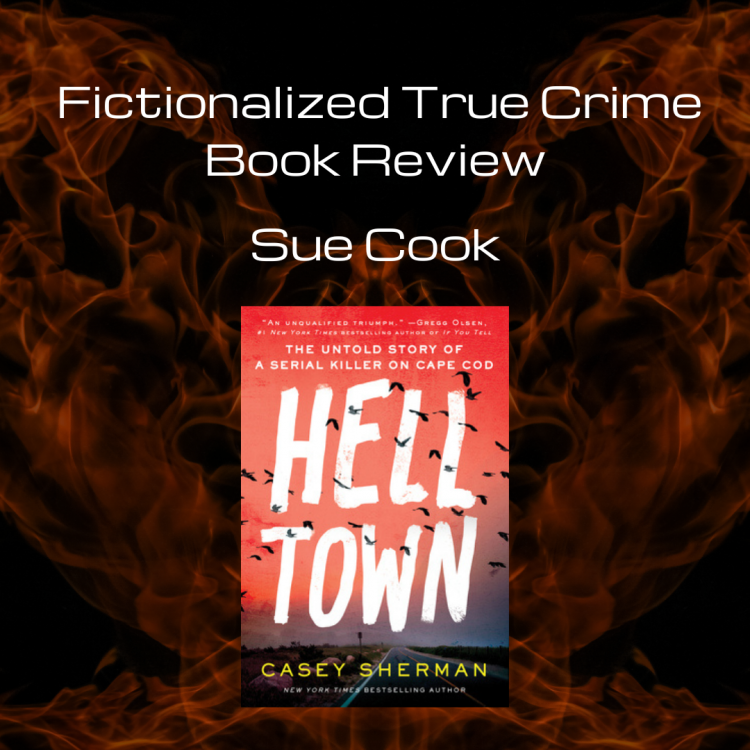The Bluestockings: A History of The First Women’s Movement — a Book Review

Image from Amazon
The Bluestockings: A History of The First Women’s Movement by Susannah Gibson is a great nonfiction book about Women’s History and Literature. I’m always fascinated by books depicting women who impacted history and deserve to be recognized by modern readers, and this book did not disappoint.
History buffs will also enjoy this book, especially those who have interest in the women who inspired subsequent feminist movements. The Bluestockings calls back to a time when the idea of intelligent discussions among women was frowned upon and sometimes forbidden. These brave, intelligent women articulated important issues and discussed ways to change them.
Who Were the Bluestockings?
The Bluestockings were a group of English women that regularly attended salons hosted by Elizabeth Montagu at her London home from the 1750s-70’s. They discussed literature, history, politics, science, social causes, and other issues that women were often forbidden to talk about by men.
The salon members shared their deepest thoughts, pursued creativity, and found community and encouragement with like-minded women, forming the basis for every women’s movement thereafter. Both the Suffragettes and the Feminist Waves of the later 1900s held to the same message: Women had the ability, and thus they should have the right.
What did the Bluestockings Do?
Much as women of today might do, these women encouraged and supported one another’s creative pursuits. One woman in particular, Frances Burney, was a child prodigy whose novel Eveline garnered such interest from the older Bluestockings that they quickly asked for more.
The connections helped recognize talent that might have otherwise have become unnoticed, and formed the basis for each subsequent women’s movement thereafter. Had they lived in the time of the Suffragettes or during the Feminist Waves of the later 1900s, their message would have remained unchanged: Women had the ability, and thus they should have the right.
How did the Bluestockings Live Their Lives?
Many of the Bluestockings led conventional lives while continuing their careers and intellectual pursuits, despite the expectations of the time. This set the stage perfectly for the later women movements of history
Hester Mulso Chapone hosted salons and published a book of letters to educate young women, even after getting married. Hester Thrale married twice and gave birth to twelve children, but in the midst of that, she also wrote a tribute to Samuel Johnson, as well as history books, travel books, and a dictionary.
But most interesting of all are the women who bucked tradition entirely and chose not to marry at all. Some of them instead settled into long-term relationships with other women, and in so doing, they proved a woman’s abilities all the more within their society.
Who Was the Bluestockings’ Most Prominent Member?
The most fascinating member of the Bluestockings was undoubtedly their leader, Elizabeth Montagu. She opened her Hill Street home as a center for the salons, and her wealth, power, and taste in art and culture ensured the society’s longevity. Her husband Edward, also forward thinking, supported her in her pursuits.
Montagu only published two works in her lifetime: Dialogues of the Dead and An Essay on the Writing and Genius of Shakespeare. But she championed and encouraged female artists, writers, and thinkers to such a degree that most now consider her the “Queen of The Bluestockings”.
What Was the Bluestockings’ Influence?
While the Bluestockings movement phased out by the end of the 18th century, their influence continued to resonate through novelists like Jane Austen and Elizabeth Gaskell, as well as through essayists like Mary Wollstonecraft. It inspired them to write, speak, and pursue academic and creative success despite the opposition that so often appeared.
Every women’s movement leads to the next. It is possible that without the Bluestockings, there might not have been any subsequent discussions towards women’s freedoms, nor any actions taken to implement them. Every woman alive today owes at least a part of her current freedoms to movements such as these.
The Bluestockings: A History of The First Women’s Movement was published by W.W. Norton & Company on June 23, 2024, and is Gibson’s second nonfiction book. If you’re interested to learn more about how women have encouraged and supported each other throughout history, The Bluestockings is arguably one of your best places to start.
If you enjoyed this review, why not try a few other pieces?
- There Isn’t Language for This – Personal Essay
- 12 Brilliant Biographies and Memoirs of Amazing Women in History – Book Review
- Suffragette: The Long March Toward Votes for Women – Film Review
- The Nature of Work – Part 1, Part 2, Part 3, Part 4, Part 5 – Historical Fiction

Julie Sara Porter
Julie has a Masters in Library Science from Indiana University.and a BA-English from University of Missouri-St. Louis. She's been a reader her whole life and a Professional Book Reviewer since 2017. She loves to read Fiction — especially Fantasy, Science Fiction, Historical Fiction, Literature, Classics, and Mysteries — and Nonfiction like Biographies, History, Gender Studies, New Age/Spiritualism, and Literary Criticism. Julie lives in De Soto, Missouri. When she's not reading or reviewing, she's watching movies, shows, and YouTube videos; listening to New Age, Classical, and Retro music; writing fanfiction; and searching the Internet for new and interesting information and knowledge.
Find more of her work on the Bookworm Reviews Blog, and follow her on Facebook, LinkedIn, Bluesky, Threads, and Goodreads.




